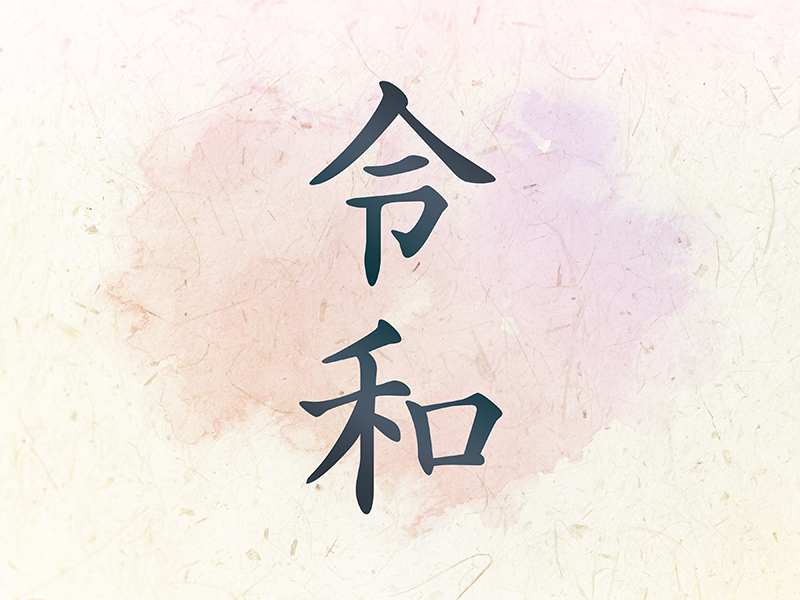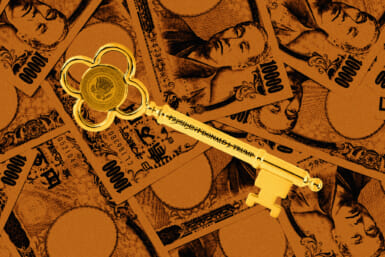May 1, the day coinciding with Crown Prince Naruhito’s ascension to the imperial throne, marks the beginning of the Reiwa Era in Japan.
The new name for the imperial era was announced Monday live on TV by chief cabinet secretary Yoshihide Suga after months of secret deliberations. The first kanji – rei – translates as “auspiciousness” (though some have translated the kanji to mean “order” or “command”). The second kanji – wa – decidedly translates as “peace” or “harmony.”
Put it all together and the new era roughly translates as “peace and prosperity.”
What is known for sure is the name Reiwa derives from the eighth-century poetry anthology Manyoshu. The particular poem is about plum blossoms blooming in spring. In a break from tradition, it is the first time the imperial era takes its name from Japanese classic literature rather than Chinese.
This marks the end of the current period, Heisei (“achieving peace”). The Japanese government passed a bill nearly two years ago that enables Emperor Akihito to become the first emperor to abdicate the throne in 200 years.
Japan’s cabinet approved another bill last fall assigning one-off holidays to celebrate Naruhito’s ascension to the imperial throne, creating a 10-day Golden Week holiday from April 27–May 6.
Upon abdication, Akihito will receive the title of Joko, an abbreviation of Daijo Tenno (Retired Emperor). His wife, Empress Michiko, will become Jokogo. Akihito’s younger son, Prince Fumihito, is expected to become Naruhito’s heir presumptive.
Japan has the oldest continuous monarchy in the world, and goes back to the year 660. Soon-to-be-emperor Naruhito will be the 126th member of this royal family.
Update: The Japanese government announced that the best English interpretation of Reiwa is “beautiful harmony.”









